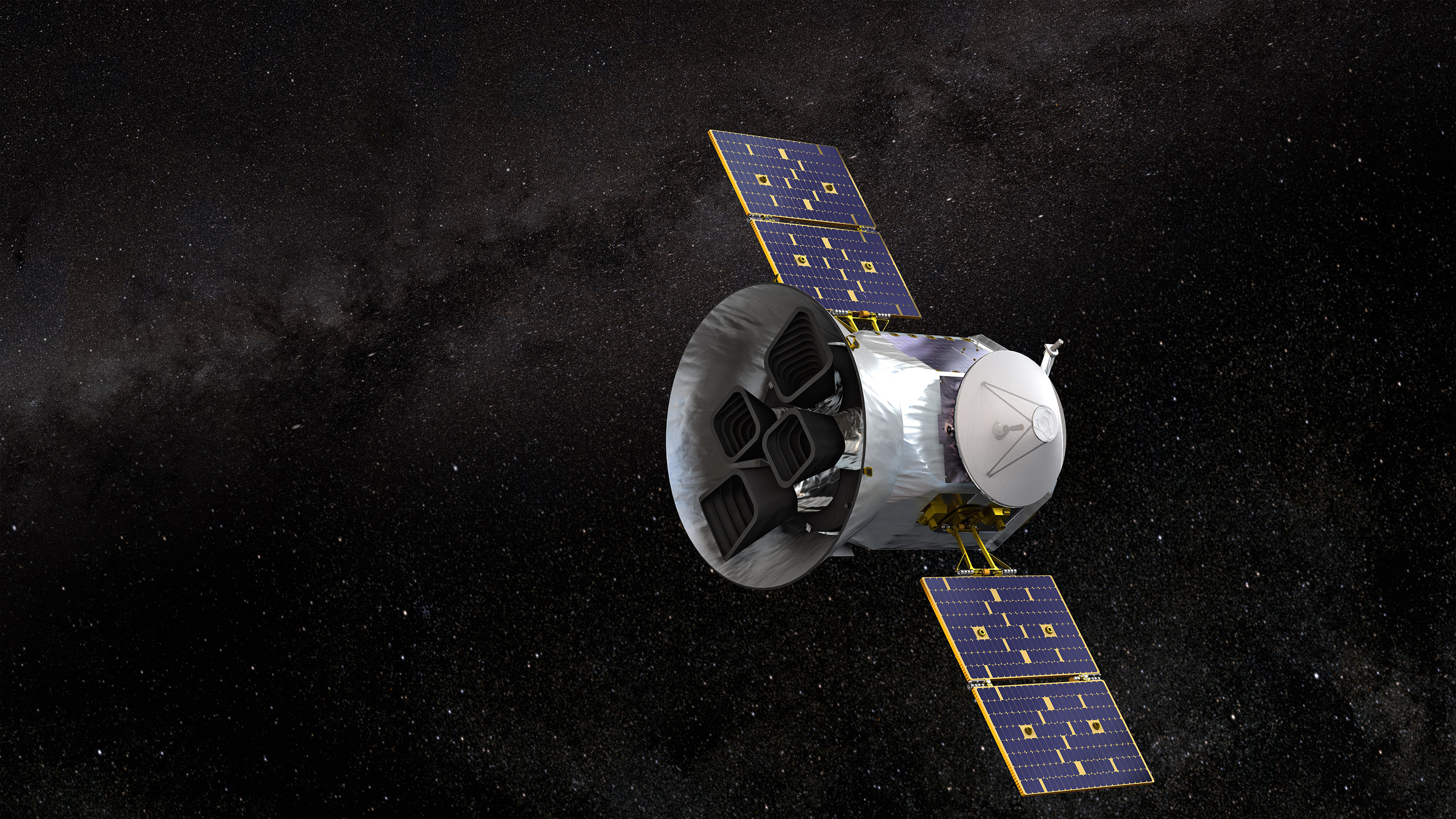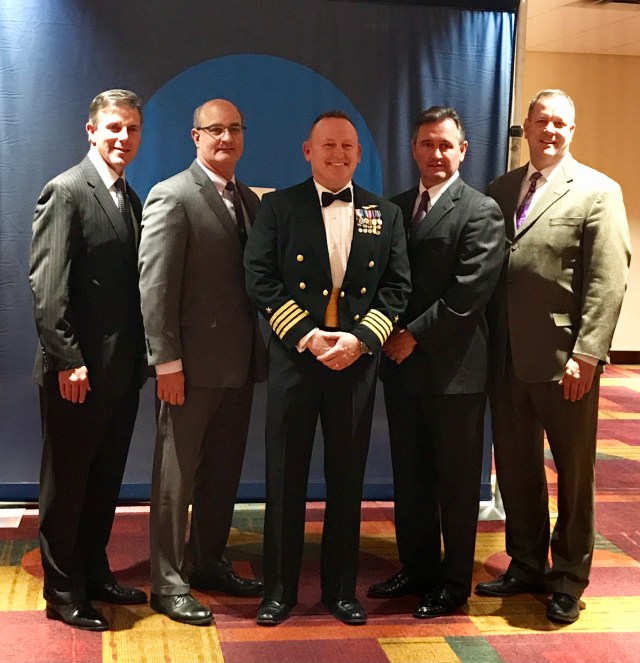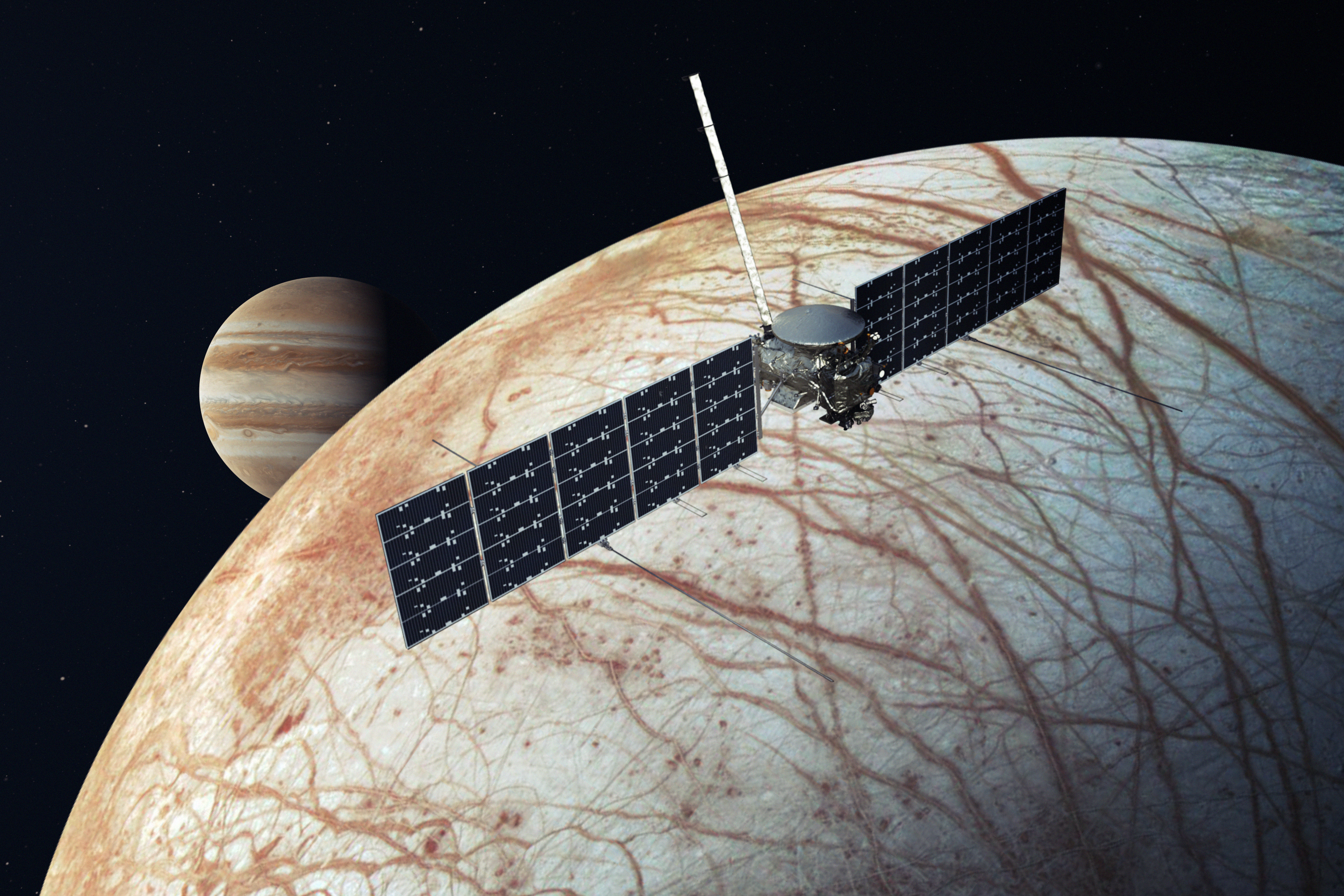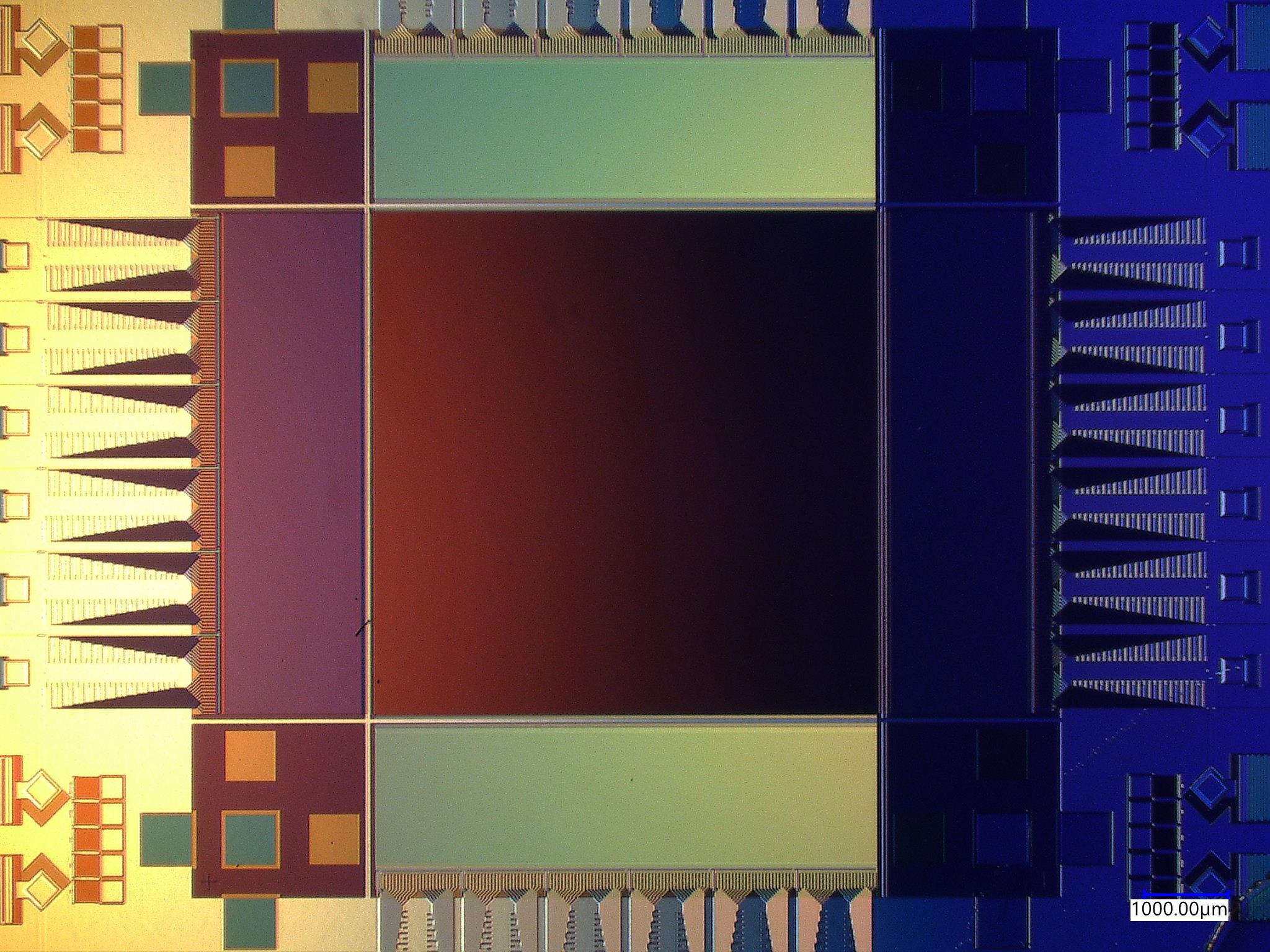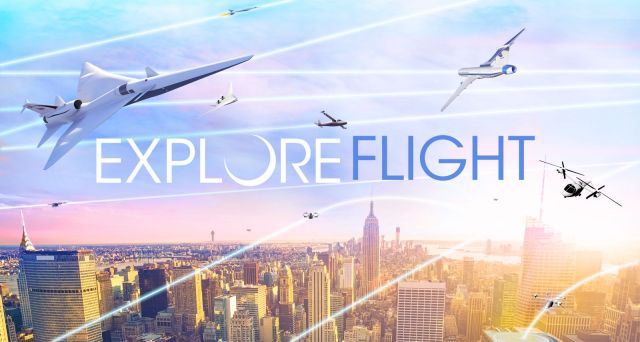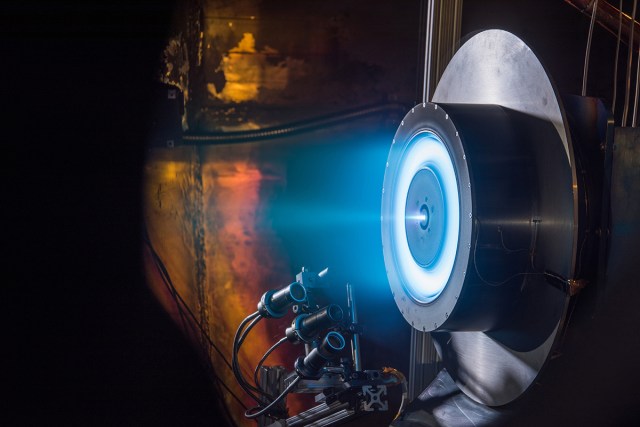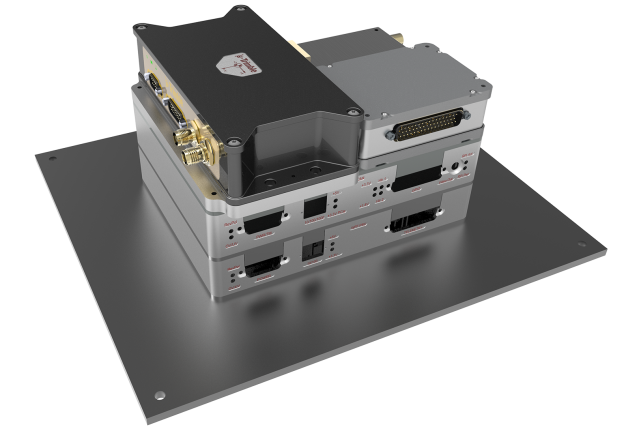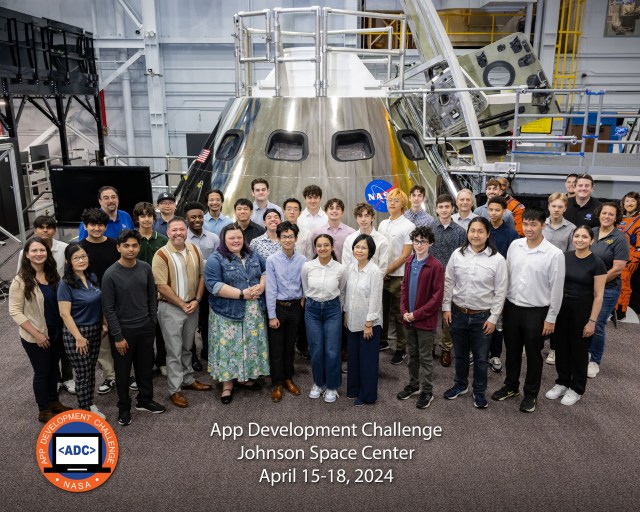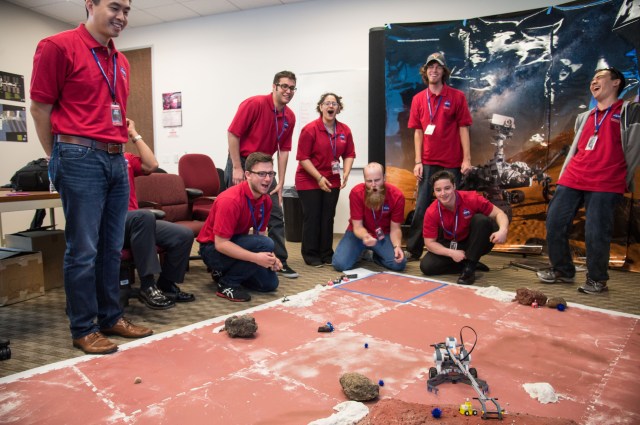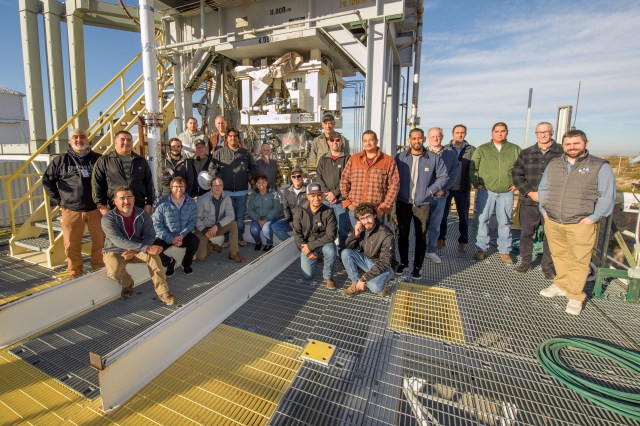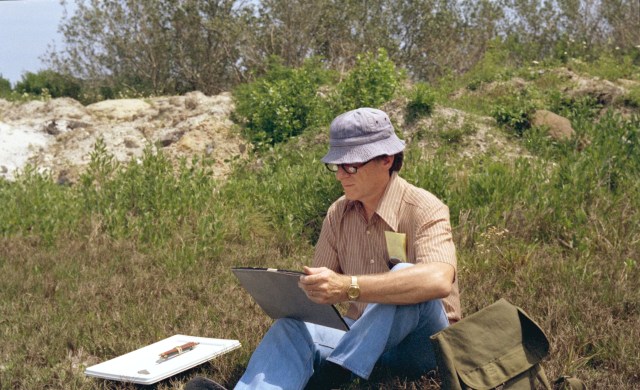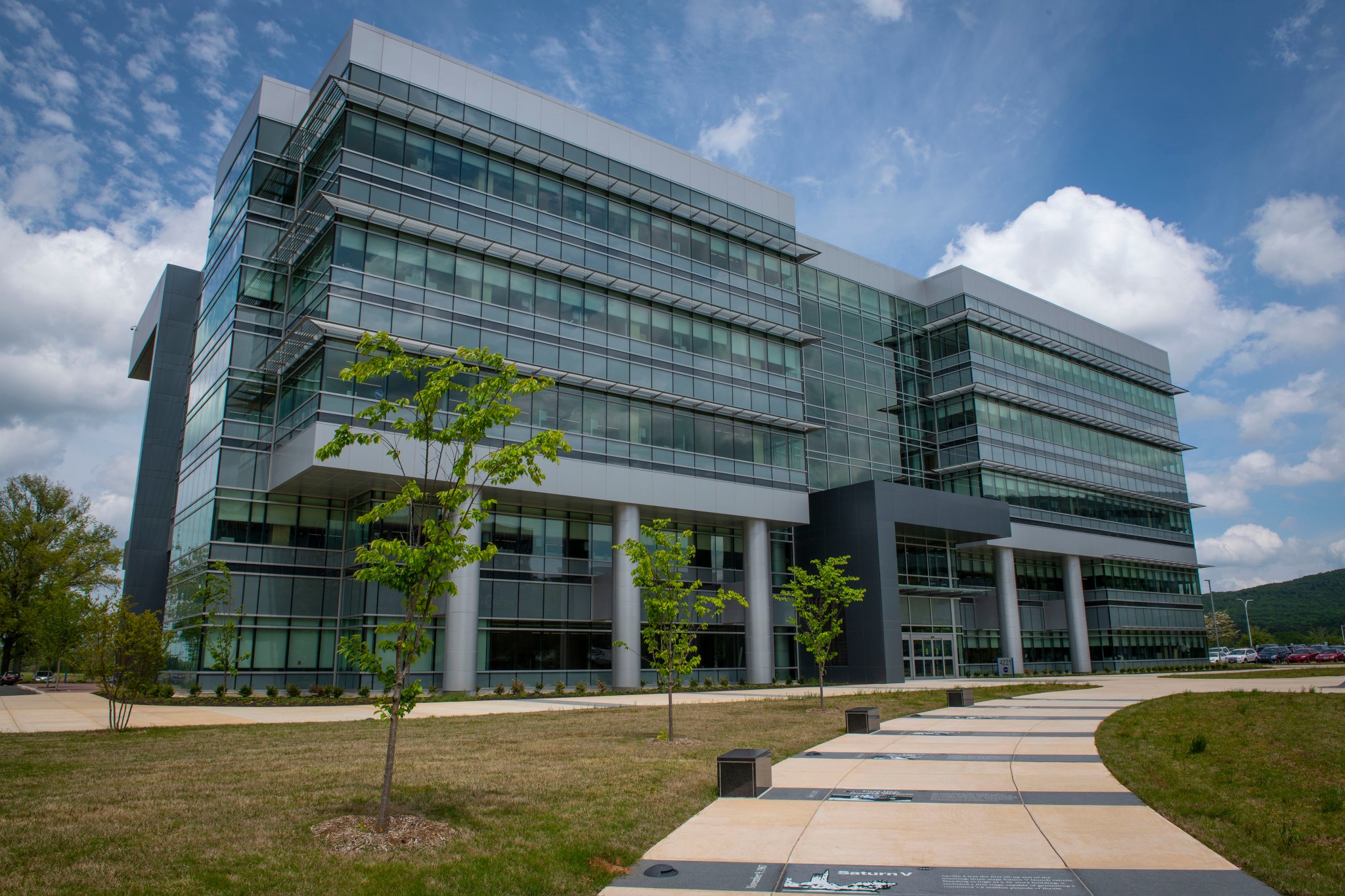By Rick Smith
October is National Disability Employment Awareness Month, and a team of engineers and advocates at NASA’s Marshall Space Flight Center in Huntsville, Alabama, is working hard to exemplify the values of diversity and inclusion.
This year’s national theme, “America’s Recovery – Powered by Inclusion,” reflects the importance of ensuring that people with disabilities have full access to employment and community involvement, particularly as the nation continues its recovery from the COVID-19 pandemic.
Marshall’s Disability Employee Resource Group wants the workforce to know they’re here to embrace that idea – not just to ensure a comfortable work environment for those with readily apparent disabilities, but for those with so-called invisible disabilities as well.
Marshall Disability Program manager Natasha Stanton, leader of the employee resource group and an equal employment opportunity specialist in the center’s Office of Diversity & Equal Opportunity, encourages everyone working at Marshall to join the group.
“It’s not necessary to have a disability to be part of this team of motivated, caring individuals,” she said. “Many of us at Marshall have co-workers, family members, or friends who have disabilities or identify as part of that community. Finding opportunities like these to show support, to seek new avenues of understanding and advocacy, are at the heart of inclusiveness – and have always been the bedrock of Marshall’s success.”
For Michael Effinger, a project manager in Marshall’s Science and Technology Office, the chance to advocate for persons with less easily recognized disabilities compelled him to join the group.
“Three members of my engineering team are colorblind, unable to discern shades of red or green,” he said. “They requested we modify the way we marked up charts and documents to better enable them to respond to changes, ensuring more efficient turnaround of technical schematics and documents.”
Effinger said he was grateful for the co-worker who spoke up. “If we don’t know, we can’t make improvements,” he said. “It hadn’t occurred to me that something as simple as reformatting tracked edits in a Word document or using different kinds of pens to revise technical charts could dramatically improve a teammate’s workflow.”
Marshall materials engineer Craig Moore, who is blind, said normalizing such changes to the way Marshall conducts business is part of what drew him to join the group as well.
“Accessibility is a broad topic, and it’s fairly easy to alter our routine to accommodate all parties,” he said. “That may mean using descriptive text to identify contents of a graphic for visually impaired persons, for example, or changing the rate of blinking cursors to avoid the risk of seizures for individuals who suffer from epilepsy or similar disorders.”
Studies estimate that about 10% of Americans have a medical condition that is considered an invisible disability, and as many as 96% of those individuals dealing with chronic illness live with conditions that are invisible, according to the American Psychological Association.
“Many disabilities may impact the lives of the people who live with them, but for others all around them, the condition may not be readily apparent,” Stanton said. Recognizing and acknowledging these hidden disabilities are among the first steps to building a more inclusive and efficient workplace, she noted – and that takes open, positive discussion.
“It’s our goal to find ways to clear those unanticipated obstacles, making every team member as successful as they can be to better guarantee the same for NASA’s mission,” she said.
The Disability Employee Resource Group currently holds a monthly virtual meeting to discuss issues and to suggest potential improvements across the center. The group will assist with collection and interpretation of data and promote developmental and advancement activities and community outreach; plan and implement special emphasis program activities; provide insight into barriers to workforce recruitment and selection; and propose solutions to specific challenges or issues relevant to the community of persons with disabilities. Stanton also is working to revise the group’s formal charter and soon will have resources available on Marshall’s intranet.
Employee resource groups offer voluntary participation to network, socialize, and raise awareness of relevant issues in the workplace. They support professional development, increase awareness and education, provide platforms for the launch of programs and learning opportunities to benefit the entire workforce, and further the agency’s mission and goals.
“We all have different perspectives,” Moore said. “It strengthens our team and gives us new advantages to achieve NASA’s goals when every voice is heard – and every individual is seen.”
Learn more about NASA’s agency-wide resources for individuals with disabilities as well as Marshall’s Disability Employment Program online.





